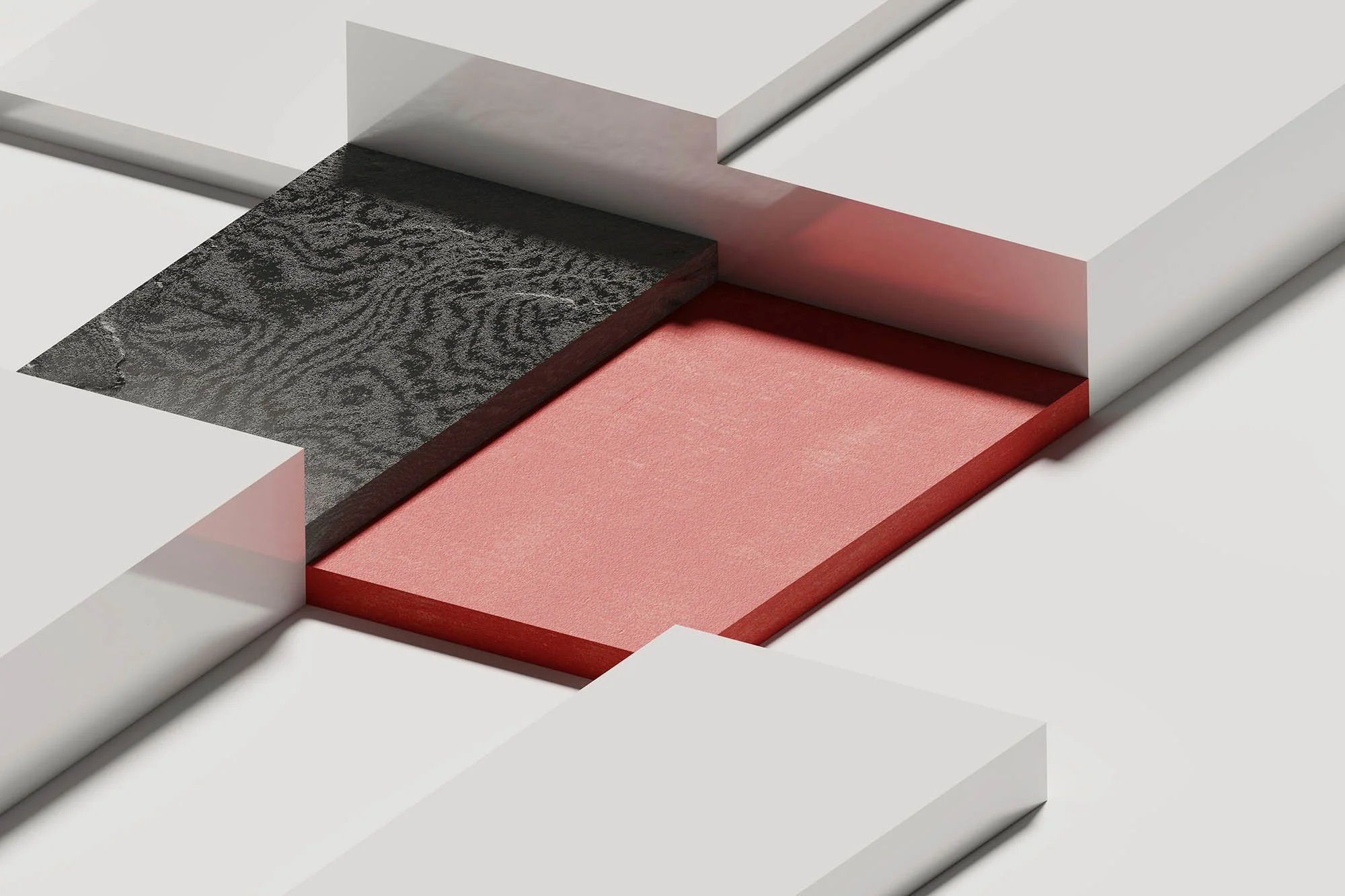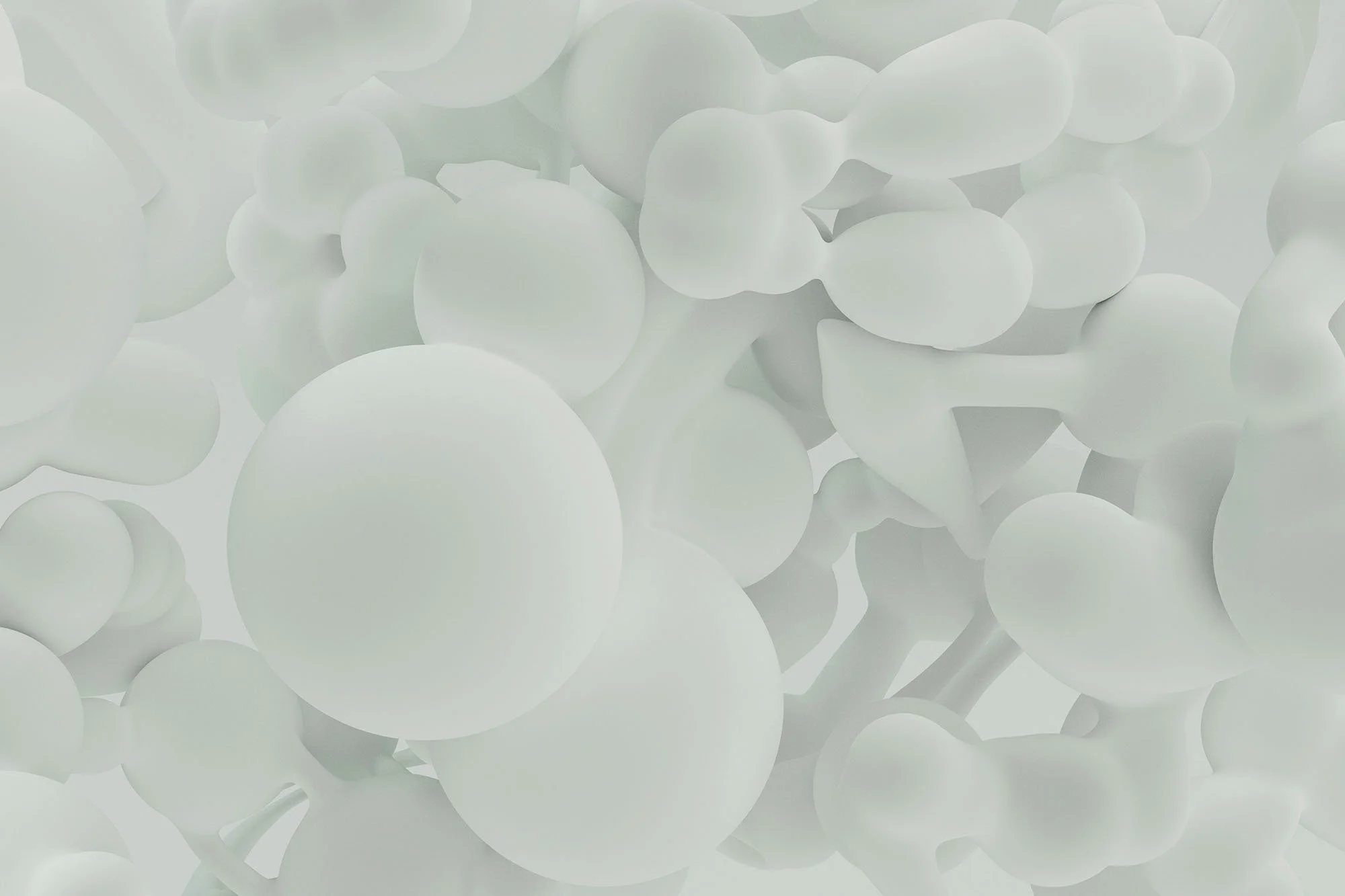5 Revolutionary Materials Transforming Design
As the worlds of design, architecture, and sustainability collide, the demand for innovative, eco-friendly materials is reshaping the future. From next-gen textiles to high-performance composites, a new wave of revolutionary materials is pushing boundaries and redefining what’s possible in everything from interior design to product development.
In this article, we explore 5 game-changing materials – including bioplastics, mushroom leather, and carbon fiber that are transforming the design landscape and inspiring a more sustainable, functional, and forward-thinking creative world.
1. Bioplastics: A Plant-Based Alternative to Petroleum Plastics
Bioplastics are rapidly becoming a cornerstone of sustainable product design. Derived from renewable sources such as corn starch, sugarcane, or algae, bioplastics offer a biodegradable and compostable alternative to conventional plastics – without sacrificing durability or versatility.
Designers are incorporating bioplastics into packaging, furniture, and even fashion. What makes this material so revolutionary is its ability to mimic traditional plastic while significantly reducing carbon emissions and plastic waste. As regulations on single-use plastics tighten globally, expect bioplastics to play a pivotal role in the future of eco-conscious design.
2. Mushroom Leather (Mycelium): The Future of Sustainable Textiles
Mushroom leather, also known as mycelium leather, is a fast-rising star in the sustainable design space. Grown from the root structure of fungi, this innovative material mimics the feel and texture of animal leather – without the ethical and environmental toll of traditional tanning.
Lightweight, strong, and fully compostable, mushroom leather is being embraced by high-end fashion labels, furniture designers, and automotive interiors. Its low-energy production process and organic biodegradability make it a standout option for brands seeking to reduce their environmental footprint while maintaining luxury appeal.
3. Carbon Fiber: Ultra-Light, Incredibly Strong
While not new, carbon fiber continues to transform modern design with its unique combination of lightweight strength and aesthetic appeal. Commonly used in aerospace and automotive industries, this advanced composite is increasingly being adopted in furniture design, architecture, and interior applications.
Carbon fiber's high tensile strength and sleek, futuristic look allow for the creation of minimalist forms that are both structurally sound and visually striking. Designers are using it to craft everything from modern chairs and fixtures to load-bearing components in architecture.
4. Recycled Ocean Plastic: Waste Turned Into Wonder
Millions of tons of plastic waste end up in our oceans each year. But innovative designers are flipping that narrative. Recycled ocean plastic is being transformed into stylish, durable materials used in everything from textiles to tiles to outdoor furniture.
By turning marine debris into usable materials, designers aren’t just creating beautiful objects – they’re making a powerful statement about circular design and environmental impact. Brands like Adidas and Parley for the Oceans have already shown the world what’s possible when creativity meets conservation.
5. Transparent Wood: The Next-Gen Building Material
Yes, you read that right – transparent wood is here. Developed by removing lignin (the component that gives wood its color) and replacing it with a transparent polymer, this futuristic material is strong, insulating, and allows natural light to pass through.
Transparent wood has the potential to replace glass and plastic in windows, facades, and solar panels, offering better energy efficiency and lower production costs. It’s a prime example of how biomaterials and technology are merging to create new, unexpected possibilities in architecture and industrial design.
Designing the Future with Smart, Sustainable Materials
The rise of revolutionary design materials is more than just a trend – it’s a response to the urgent need for sustainable innovation in how we build, create, and consume. From fashion to interiors, architecture to packaging, the materials we choose define not only the aesthetics of our world, but its future health and resilience.
As creatives and consumers alike push for more eco-conscious design solutions, materials like bioplastics, mycelium leather, and recycled composites are no longer niche – they’re essential. At The Curated Design Collective, we’re passionate about celebrating these breakthroughs and supporting the designers who are shaping a more thoughtful, sustainable tomorrow.





